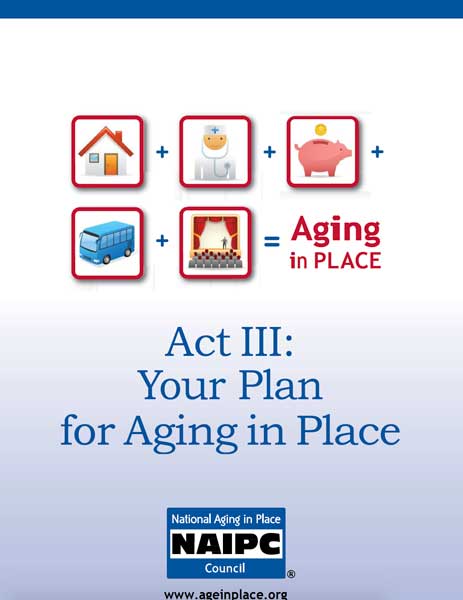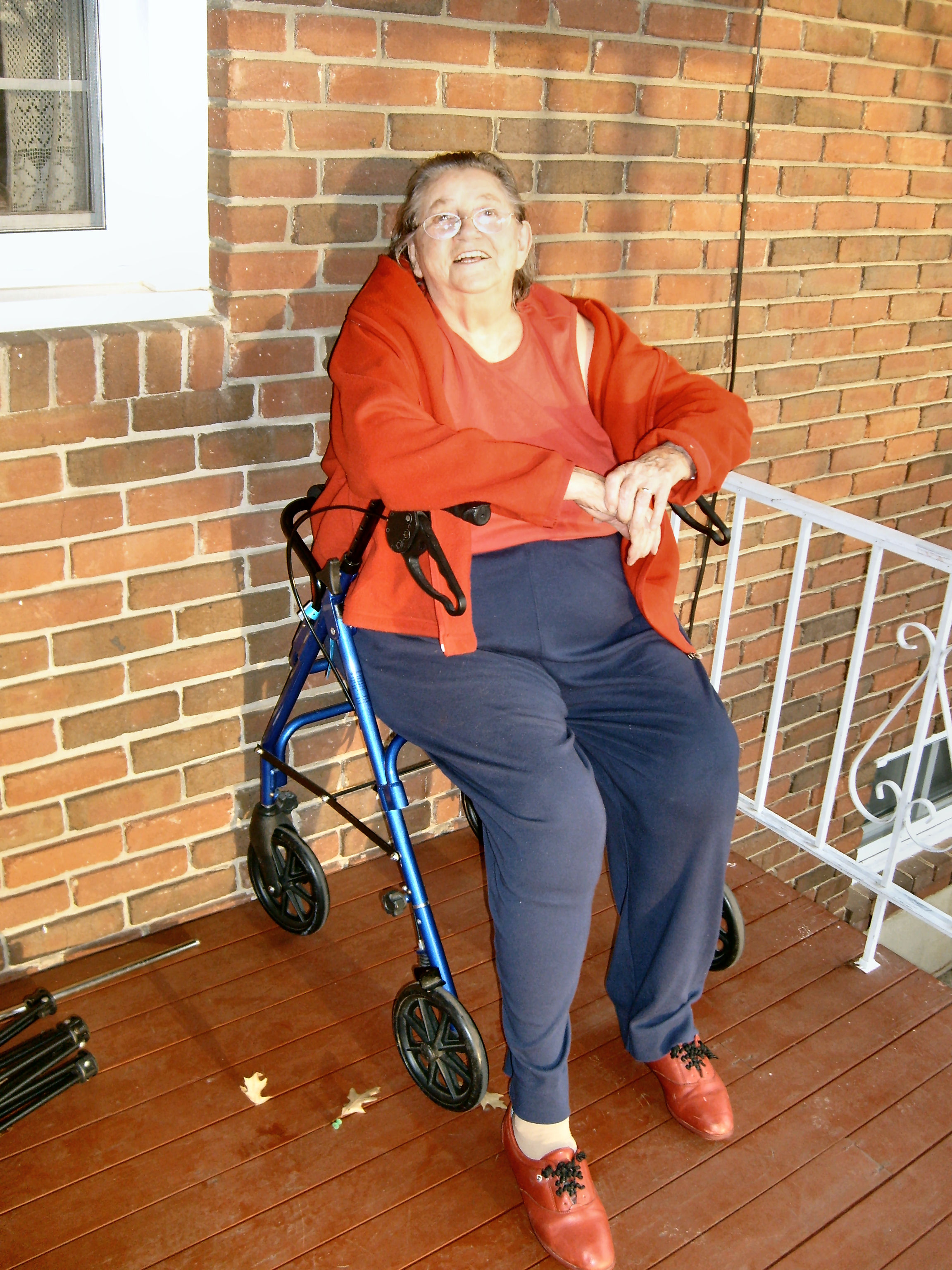It is September. While we will probably still have some more hot days ahead, cooler weather is just around the corner. Autumn (or fall) officially begins on the Autumnal Equinox which occurs on September 23 this year. This marks the moment in time where the sun is perpendicular to the Earth’s axis and neither the South Pole nor the North Pole is tilted away from the Sun. As the days of Autumn pass by, the North Pole tilts more and more away from the Sun and the weather gets colder.
The first day of fall also marks National Fall Prevention Awareness Day. Sponsored by the National Coalition on Aging, the National Falls Prevention Awareness Day was first recognized in 2007 by four states. It is a day to raise awareness of the impact of falls and how to prevent fall related injuries in older adults. Falls and how to prevent them should be a major concern to all of us. To give you an idea of the seriousness of falls, the U.S. Centers for Disease Control and Prevention has published the following facts. One in four Americans aged 65+ falls each year. Every 11 seconds, an older adult is treated in the emergency room for a fall; every 19 minutes, an older adult dies from a fall. Falls are the leading cause of fatal injury and the most common cause of nonfatal trauma-related hospital admissions among older adults. Falls result in more than 2.8 million injuries treated in emergency departments annually, including over 800,000 hospitalizations and more than 27,000 deaths. In 2015, the total cost of fall injuries was $50 billion. Medicare and Medicaid shouldered 75% of these costs. The financial toll for older adult falls is expected to increase as the population ages and may reach $67.7 billion by 2020.
The NCOA suggests 6 steps to help prevent a fall. They are:
- Find a good balance and exercise program – Look to build balance, strength, and flexibility.
- Talk to your health care provider – Ask for an assessment of your risk of falling.
- Regularly review your medications with your doctor or pharmacist – Make sure side effects aren’t increasing your risk of falling.
- Get your vision and hearing checked annually and update your eyeglasses – Your eyes and ears are key to keeping you on your feet.
- Keep your home safe – Remove tripping hazards, increase lighting, make stairs safe, and install grab bars in key areas.
- Talk to your family members – Enlist their support in taking simple steps to stay safe.
I would suggest that you pay special attention to number five. Environmental hazards within the home account for a large percentage of falls that can lead to injuries that can make it impossible to continue to live independently. If you need help making these changes in your home, please give us a call at 540-556-0650. We have the experience and expertise to make modifications to your home that will increase your safety and comfort and decrease the likelihood of an injury causing fall. We also can perform a comprehensive accessibility and safety assessment that will look at your entire home in the context of keeping you safe and comfortable in it. We then make recommendations on modifications that will improve your home’s safety and accessibility. Please take this month to consider your options and formulate a plan to prevent a fall. You will be glad you did. Remember, an ounce of prevention is worth a pound of cure. As always, thank you for reading Housing Matters.


